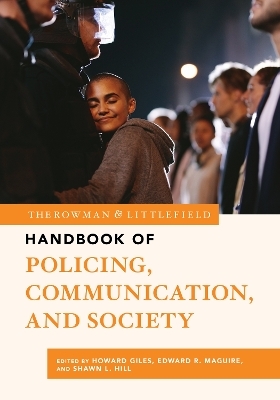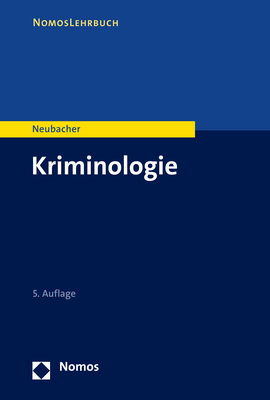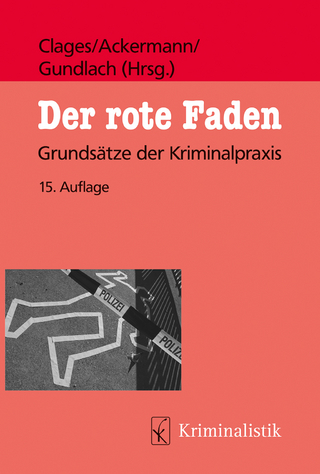
The Rowman & Littlefield Handbook of Policing, Communication, and Society
Rowman & Littlefield (Verlag)
978-1-5381-8939-9 (ISBN)
Howard Giles is distinguished research professor of communication at the University of California, Santa Barbara and honorary professor of psychology at The University of Queensland, Australia. He is founding editor of the Journal of Language and Social Psychology and the Journal of Asian Pacific Communication and was past president of the International Communication Association and the International Association of Language and Social Psychology. He is also director of volunteer services at the Santa Barbara Police Department where, for 15 years, he was a reserve officer (and 24/7 member of the Crisis Negotiation Response Team), and the recipient of 13 outstanding service awards (including one at the State level). His research interests encompass interpersonal and intergroup communication processes in intergenerational, police-civilian, and other intergroup settings, and he is co-editor of the two-volume Oxford Encyclopedia of Intergroup Communication (2018). His research on communication and attitudes toward law enforcement spans over a dozen nations from Mongolia to Bulgaria to Russia. Edward R. Maguire is professor of criminology and criminal justice at Arizona State University. He has served as principal investigator on nearly $10 million in externally funded research in the United States and abroad. He currently serves as the senior researcher for law enforcement on the CrimeSolutions.gov initiative and as chair of the research advisory board for the Police Executive Research Forum.He received his PhD in criminal justice from the State University of New York at Albany in 1997. His research focuses primarily on policing, specifically police innovation; procedural justice and legitimacy; police response to gangs; criminal investigation; police response to mass demonstrations; and policing the Covid-19 pandemic and violence, specifically on homicide, gang and gun violence, human trafficking, and violence in crowds. In addition to his U.S. research, Maguire has worked extensively in developing countries and is now carrying out research in Native American communities. Shawn Hill is a lieutenant with the Santa Barbara Police Department (SBPD) and PhD student at the University of California, Santa Barbara in the department of communication. He earned a MS in criminal justice from Arizona State University. Hill currently serves on the community policing committee of the International Association of Chiefs of Police, served as a member of the Bureau of Justice Assistance Executive Session on Police Leadership, and is a National Police Foundation Policing Fellow. He has written curricula for courses certified by the California Peace Officers Standards and Training (POST), grounded in intergroup contact theory, during which police officers and college students work collaboratively through critical thinking exercises to broaden their perspectives. He currently oversees the development, implementation, and evaluation of department processes and initiatives related to police accountability.
Foreword by Darrel W. Stephens
Introduction: Policing Through the Lens of Intergroup Communication by Howard Giles, Edward R. Maguire, and Shawn Hill
Section I: Communicating Within Police-Relevant Agencies
Chapter 1: Police Culture: Us versus Them Communication by Shawn Hill and Howard Giles
Chapter 2: Doing Organizational Justice: The Role of Police Manager Communication by Scott Wolfe
Chapter 3: The Critical Role of Communication in Recruitment and Retention of Police Officers by Charlie Scheer and Jeremy M. Wilson
Chapter 4: Interagency Communication: Homicide Investigations By Joseph B. Kuhns and Shannon Messer
Section II: Police Communication with Diverse Communities
Chapter 5: Race, Policing, and Communication: Old Problems, Twenty-First Century Struggles by Travis Dixon, Marisa A. Smith, and Kristopher R. Weeks
Chapter 6: Intergroup Biases: Policing and Gender By Cara E. Rabe-Hemp and Amie M. Schuck
Chapter 7: Policing and LGBT+ Communities by Stephen Owen
Chapter 8: Policing Muslim Communities: The Importance of Procedural Justice in Communication and Engagement Activities by Kristina Murphy
Chapter 9: Law Enforcement Partnerships: Changing Communication Skills and Interventions in Response to People in Crisis by Ellen Scrivner
Section III: Communicating About Policing To and From the Community
Chapter 10: The Role of Communication Reform in Community Policing By Edward R. Maguire
Chapter 11: Speaking Truth from Power through Strategic Police Communication by Michael S. Scott
Chapter 12: The Role Of The Police In Fostering Community Resilience: A Communication Perspective by J. Brian Houston, Chandrika C. Collins, and Scott E. Branton
Chapter 13: “I See You”: The Mediation of Complaints Can Build Understanding and Trust by Bernard K. Melekian
Chapter 14: The Media and Our Perceptions of the Police by Matea Mustafaj and Jan Van den Bulck
Chapter 15: Social Media and Intergroup Encounters with “Cops”: Biased Samples, Echo Chambers, and Research Opportunities by Joseph B. Walther
Chapter 16: Newsworthiness of Police: Changes In Print Media Coverage of Police Post-Ferguson David H. F. Tyler and Edward R. Maguire
Section IV: Communication Dynamics Related To Specific Types of Crimes and Incidents
Chapter 17: Language in Traffic Stop Interactions: Patterns In Language Use and Recommendations for Fostering Trust and Compliance by Belén Lowrey-Kinberg
Chapter 18: Understanding the Communication Dynamics Inherent To Police Hostage and Crisis Negotiation by Amy R. Grubb
Chapter 19: Improving Law Enforcement Responses To Gender-Based Violence: Domestic and International Perspectives by Caroline Bettinger-López and Tamar Ezer
Chapter 20: Direct Communication in Focused Deterrence by David M. Kennedy
Chapter 21: Policing Hate Crimes and Terrorism in the Digital Age by Brian Blakemore
Chapter 22: Crowd Theory, Communication, and Policing By Clifford Stott, Matthew Radburn, and Leanne Savigar
Conclusion: New Directions in Policing and Intergroup Communication by Howard Giles, Shawn Hill, Edward R. Maguire, and Daniel Angus
| Erscheinungsdatum | 19.09.2023 |
|---|---|
| Reihe/Serie | The Rowman & Littlefield Handbook Series |
| Co-Autor | Daniel Angus |
| Vorwort | Executive Director Darrel W. Stephens Major Cities Chiefs Police Associat |
| Verlagsort | Lanham, MD |
| Sprache | englisch |
| Maße | 177 x 256 mm |
| Gewicht | 866 g |
| Themenwelt | Recht / Steuern ► Strafrecht ► Kriminologie |
| Sozialwissenschaften ► Kommunikation / Medien ► Kommunikationswissenschaft | |
| Sozialwissenschaften ► Soziologie ► Empirische Sozialforschung | |
| ISBN-10 | 1-5381-8939-9 / 1538189399 |
| ISBN-13 | 978-1-5381-8939-9 / 9781538189399 |
| Zustand | Neuware |
| Haben Sie eine Frage zum Produkt? |
aus dem Bereich


